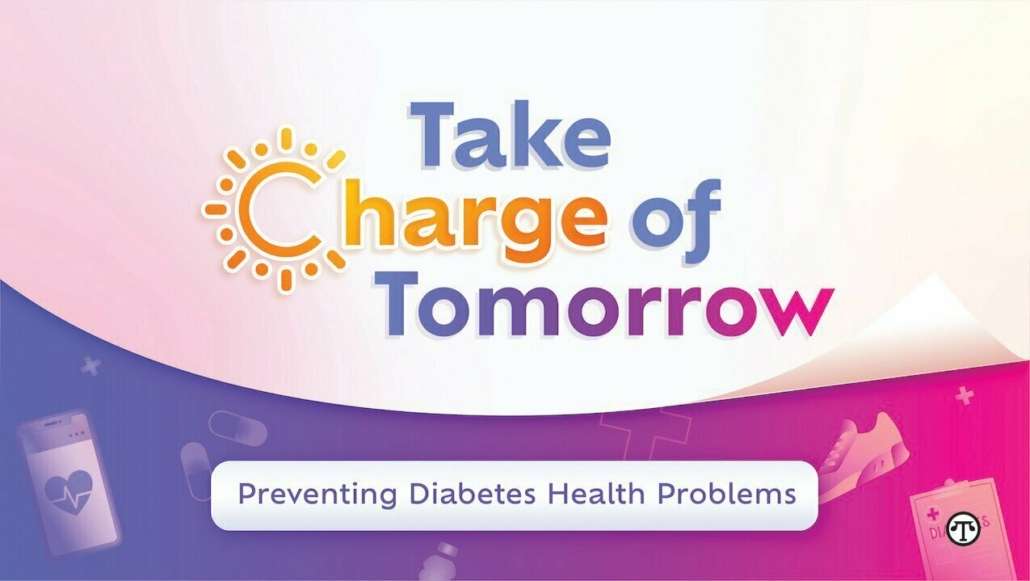FOR YOUR HEALTH: Holiday Stress-Management Tips for Young Adults
The holidays are supposed to be a time of joy, celebration, and togetherness. But for most people, the holiday season is definitely not the jolliest time of the year. Young people in particular find the holidays stressful: A Healthline survey found that 65 percent of Gen Z were stressed out by the holiday season, a higher number than either millennials or Boomers.
What makes this season so difficult? “Family drama” was one of the top reasons cited in the survey, along with finances and struggles with eating and exercise. Grief and loss can also feel particularly intense during the holidays. For young people who are dealing with trauma, anxiety, depression, substance use disorder, or another mental health issue, the challenges of the holidays can make symptoms worse. According to the National Alliance on Mental Illness, two-thirds of those with mental health concerns report that the holidays make their condition worse.
Real life is a lot messier and more complicated than a Hallmark holiday movie. In addition, mental health during the holidays often takes a nosedive because we’re thrown off our usual self-care schedules. However, committing to simple yet effective holiday stress-management strategies can help young adults navigate the season without falling prey to the holiday blues.
Because family is traditionally at the center of holiday activities, family relationships—or the lack of these relationships—are one of the biggest factors contributing to the holiday blues.
This season can be especially hard for those who have troubled relationships with other family members. The same is true for those who are no longer in contact with family due to childhood trauma or other issues, such as a parent’s mental health or substance abuse struggles. The imagery of loving families that is everywhere at this time of year can bring up feelings of loneliness, grief, anger, and disappointment.
But even families who have strong and caring relationships can hit snags at this time of year. Spending lots of time together in close quarters often brings up old conflicts and disagreements. It can even trigger age regression, when young adults who are returning home after living on their own can fall back into the rebellious behaviors they had as teens. That’s particularly true if their parents haven’t adjusted yet to treating them as fellow adults rather than children.
Seven Tips to Reduce Holiday Stress
1. Create healthy boundaries
Boundaries can apply to relationships as well as self-care. For example, you may need to create boundaries around how much time you will spend with certain family members who can be emotionally triggering. Or you may need to set limits on your alcohol consumption if you’ll be going to lots of holiday parties with friends and family.
2. Get enough sleep
A recent study found that sleep is one of the top three pillars of mental health and well-being for young adults.
3. Remember that you’re not the only one feeling the holiday blues
You are not alone – struggles with mental health during the holidays are very common. The recognition that “it’s okay to not be okay” is just as true during the holiday season. Practice mindfulness and self-compassion, and reach out to loved ones who will understand and empathize with the emotions you’re experiencing.
4. Maintain your regular exercise schedule
Exercise is proven to increase stress resilience and reduce stress hormones.
5. Do something for others
Research shows that volunteering offers mental and physical health benefits, and there are lots of opportunities to do so during the holiday season.
6. Set realistic expectations
If the holidays tend to be a challenging time for you and your family, don’t expect that everything will change this year – even if you’ve changed and grown. Rather than striving for a picture-perfect holiday season, recognize and prepare for the moments that might be hard.
7. Focus on what’s meaningful for you about the holiday season
Whether or not you relate to the religious significance of the winter holidays, you can find a sense of meaning and authentic connection during this season – connection with yourself, others, and your greater community.
As we’ve seen, it’s not unusual to experience stress and holiday blues during this time of year. But if depressive symptoms are severe, or if they last longer than a week or two, the next step is to get a comprehensive mental health assessment and explore treatment options.



 For many people, the gifts, gatherings, eating and drinking at this time of year take a toll on their mental health. Mental health experts share some things you can do to help avoid holiday-related challenges.
For many people, the gifts, gatherings, eating and drinking at this time of year take a toll on their mental health. Mental health experts share some things you can do to help avoid holiday-related challenges. CVS Pharmacy can help you and your family fight the flu this season.
CVS Pharmacy can help you and your family fight the flu this season. (NAPSI)—November is National Diabetes Month, when communities across the country spread awareness about diabetes.
(NAPSI)—November is National Diabetes Month, when communities across the country spread awareness about diabetes. Helping others with mental health problems can be a way to help yourself, says author and mental health advocate J.D. Schramm.
Helping others with mental health problems can be a way to help yourself, says author and mental health advocate J.D. Schramm. Submitted by MaineGeneral
Submitted by MaineGeneral
 You can join in the efforts of Rotary members and others to wipe polio from the face of the earth.
You can join in the efforts of Rotary members and others to wipe polio from the face of the earth.
 Now is the time to protect yourself and those you care for from COVID, the flu and RSV by getting vaccinated.
Now is the time to protect yourself and those you care for from COVID, the flu and RSV by getting vaccinated.